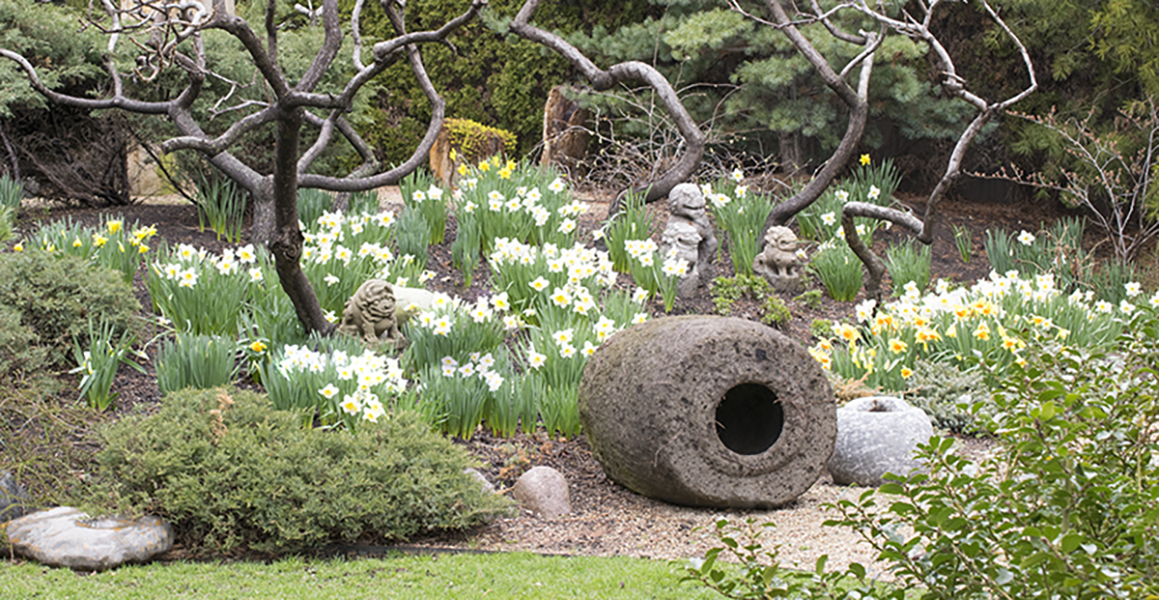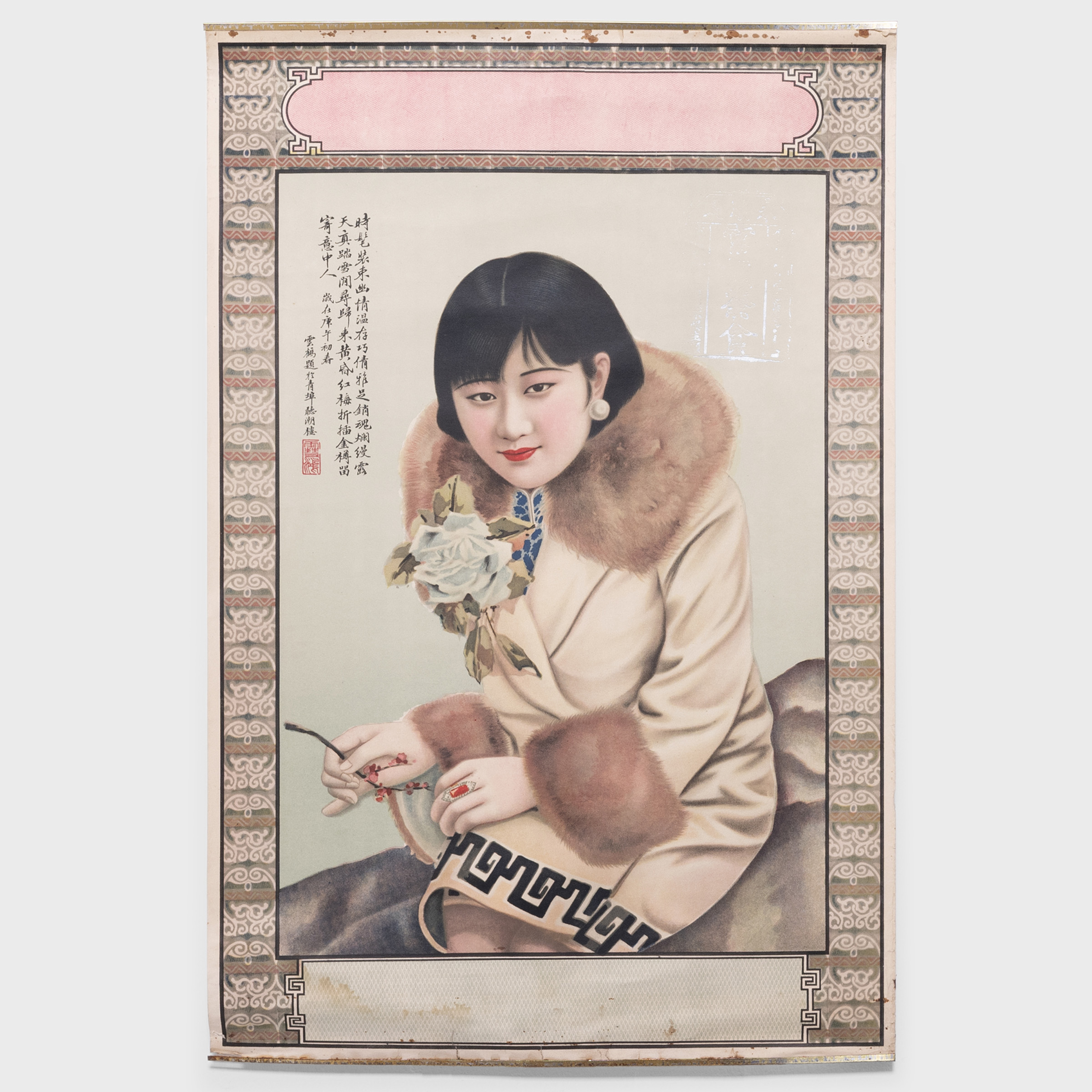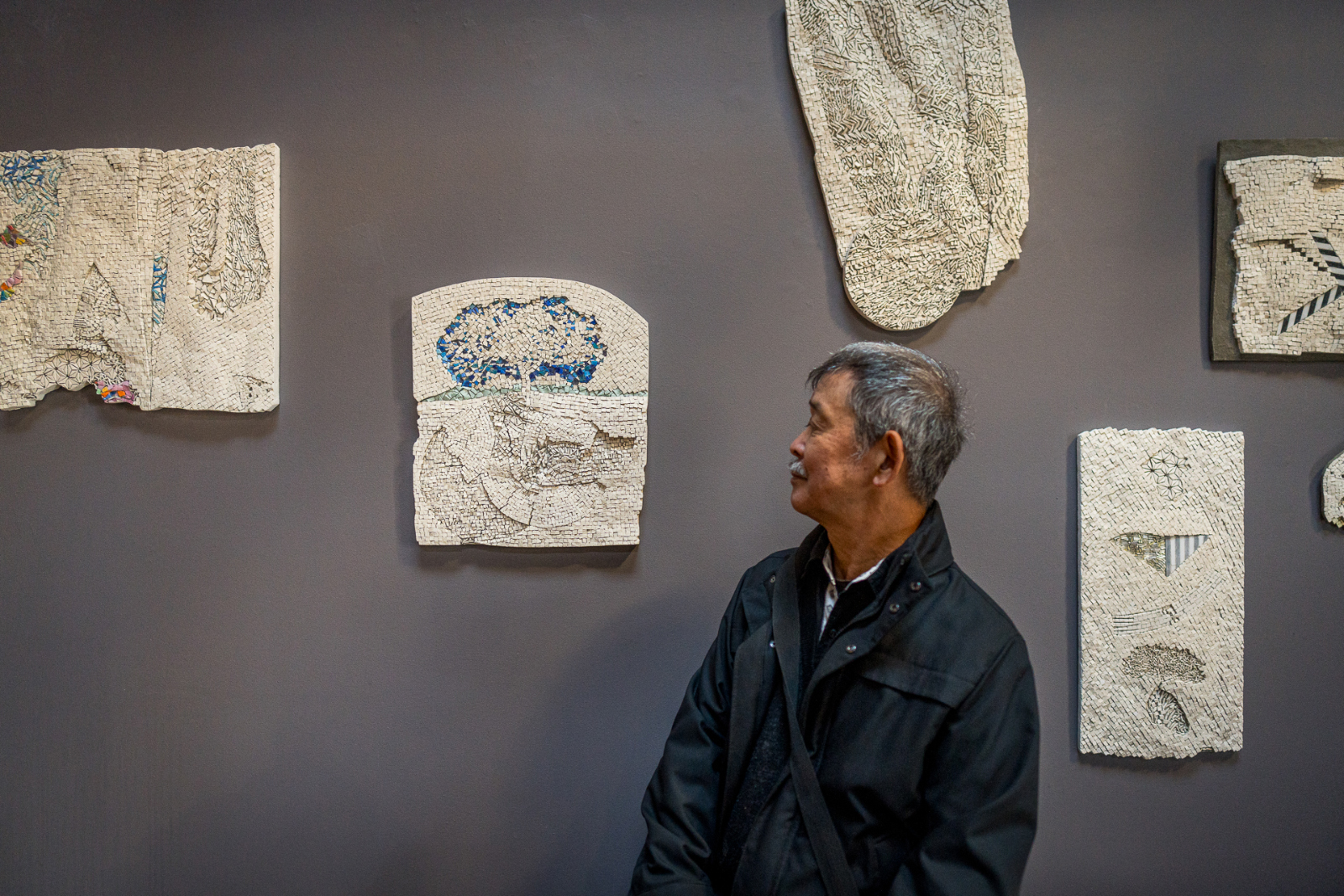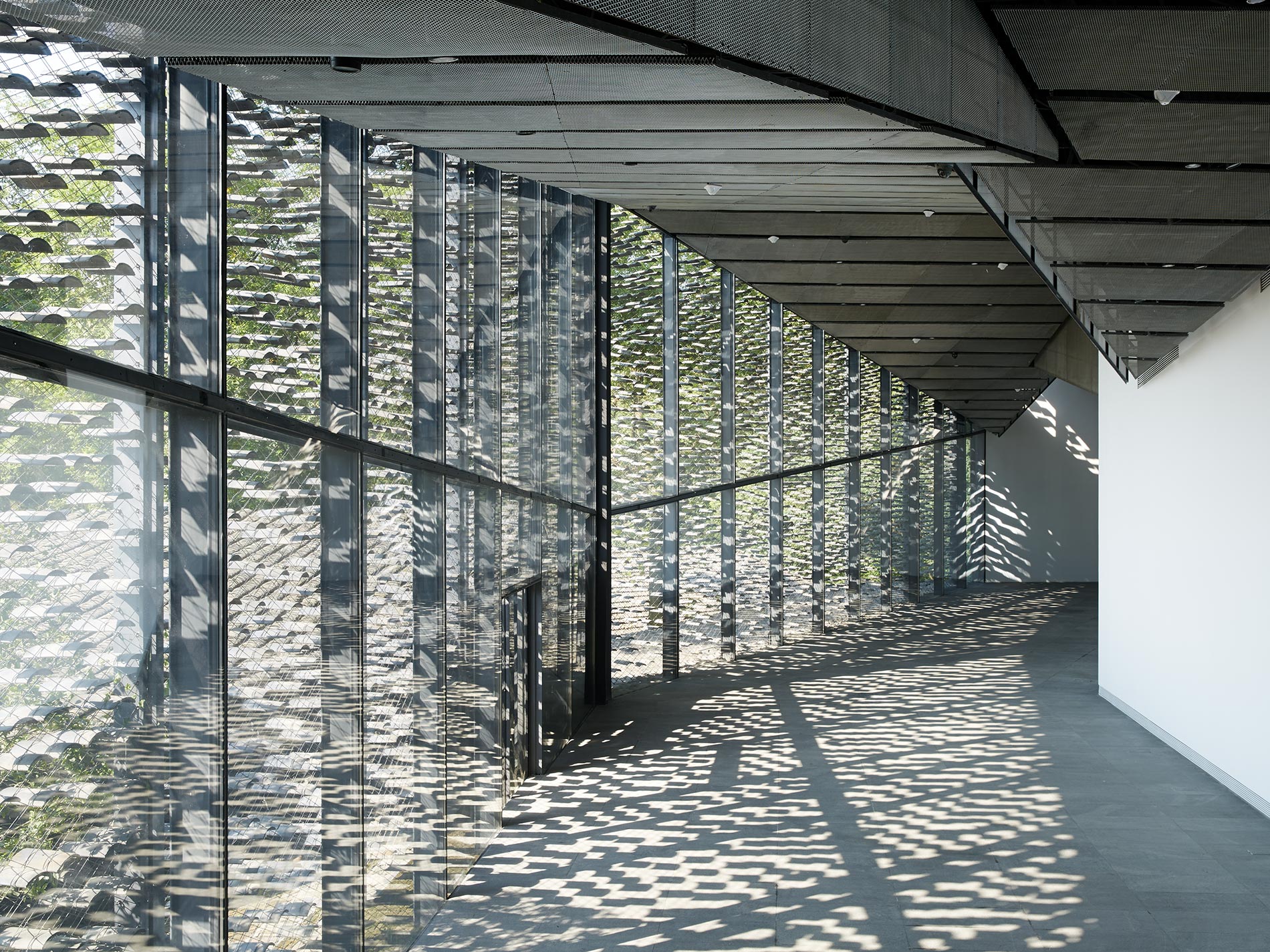
Here at PAGODA RED, we are always on the lookout for design projects that re-use architectural elements in innovative ways. Handmade Chinese roof tiles are among our favorite such materials, and this inspiring project by legendary architect Kengo Kuma has us seeing them anew.
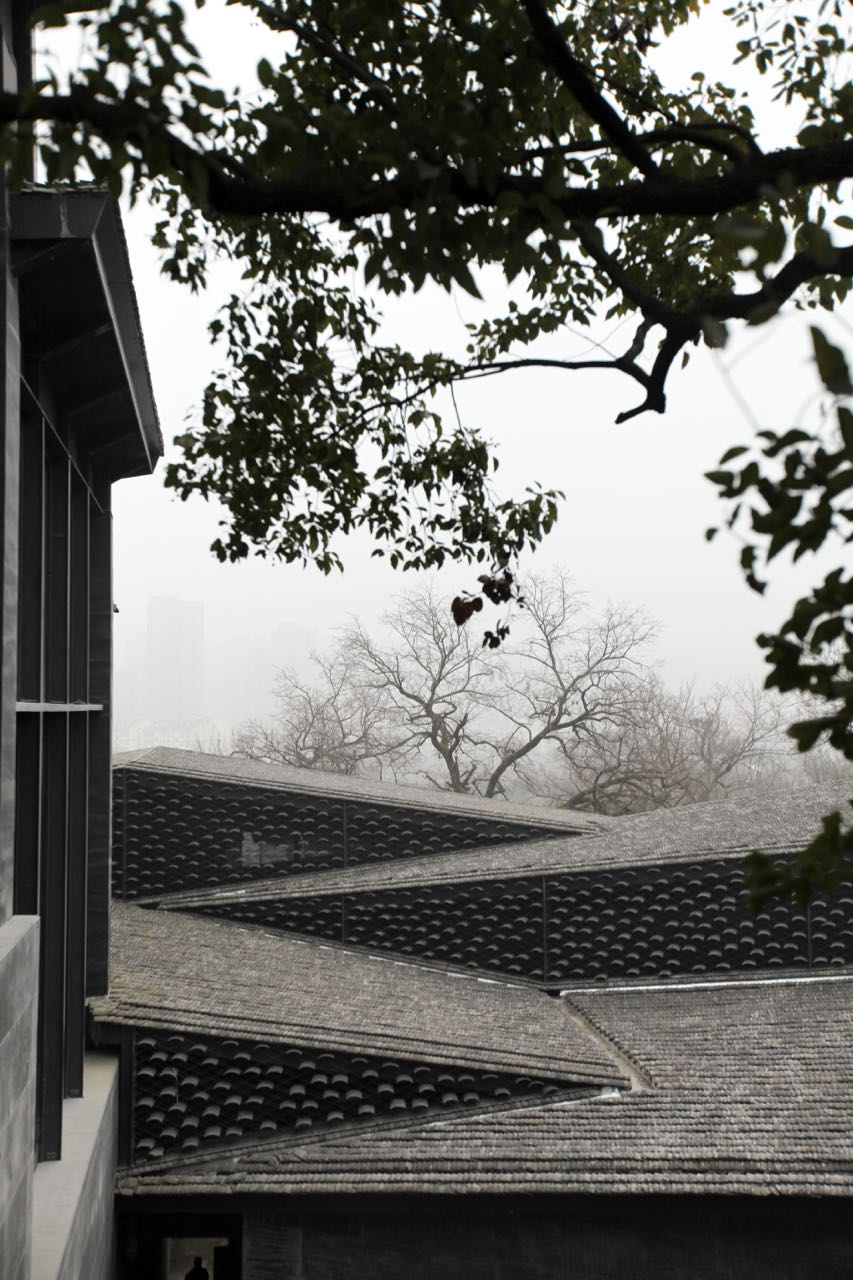
Architect: Kengo Kuma & Associates Photo: Eiichi Kano
Born in Yokohama, Japan, Kuma established Kengo Kuma & Associates in Tokyo, in 1990, adding a Paris branch in 2008. Since then he’s won many accolades, including the Global Award for Sustainable Architecture in 2016, and undertaken countless prestigious commissions including the LVMH Japan headquarters, the Asakusa Culture Tourism Center, and the forthcoming National Stadium for the 2020 Olympics, in Tokyo.
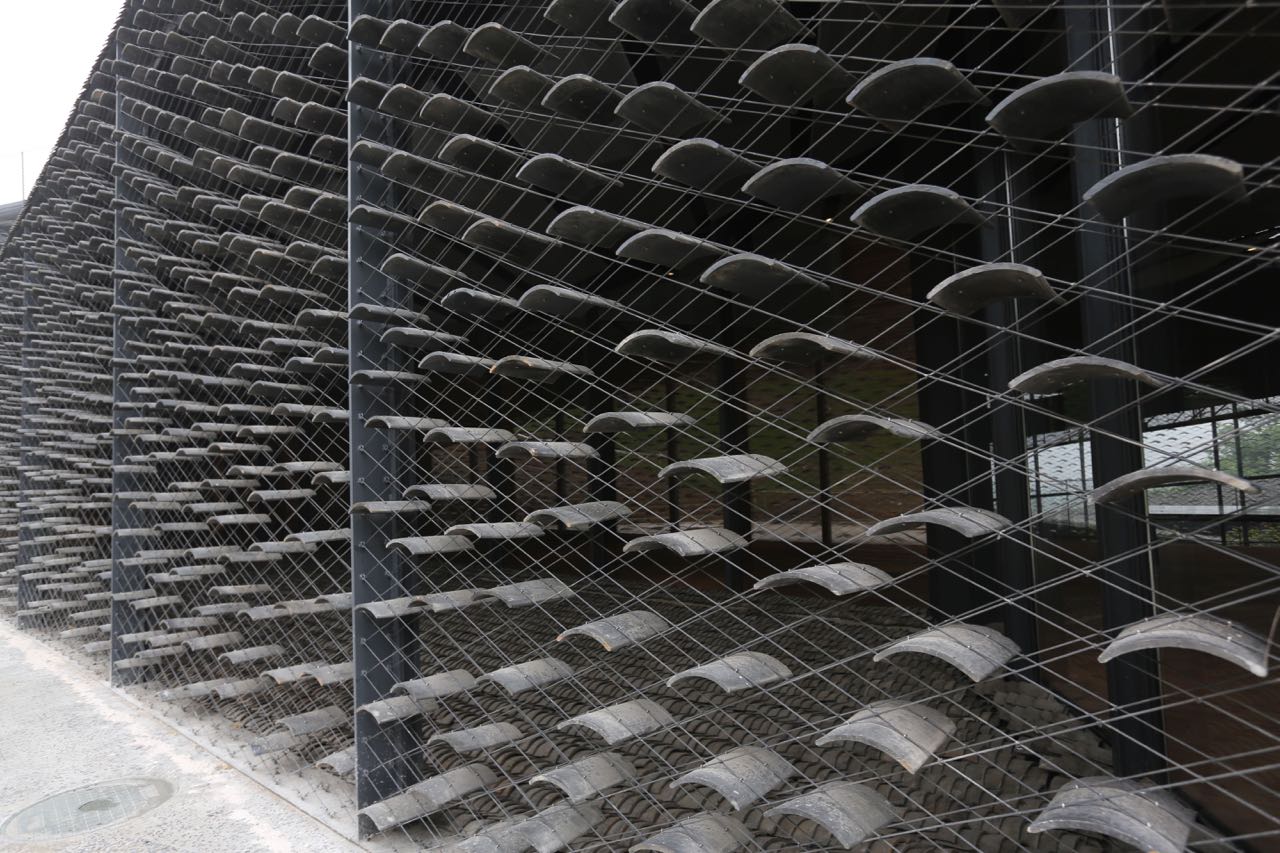
Architect: Kengo Kuma & Associates Photo: Eiichi Kano
Known for producing buildings that harmonize with nature, and manipulate natural light, Kuma often employs ancient materials, such as stone and wood, in completely unexpected ways. He explains:
“Transparency is a characteristic of Japanese architecture; I try to use light and natural materials to get a new kind of transparency.”
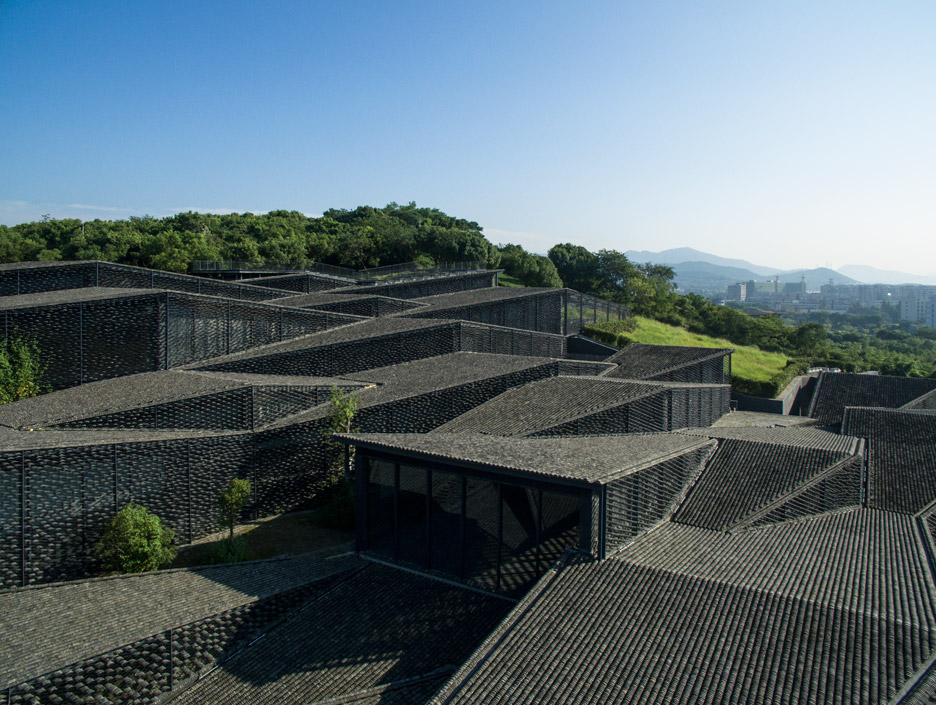
Architect: Kengo Kuma & Associates Photo: Eiichi Kano
The Folk Art Museum is tucked into the hillside of a former tea planation, in Hangzhou, China. In an effort to visually unify the building with the surrounding terrain, Kuma designed a structure that rises and falls with the varied elevation. Each level was framed as a separate unit, with its own tile-covered roof. When viewed from above, the roofline has the appearance of a small mountain village.
“Our point was to design a museum from which the ground below can be felt, by continuing the building’s floors that follow the ups and downs of the slope,” says Kuma.
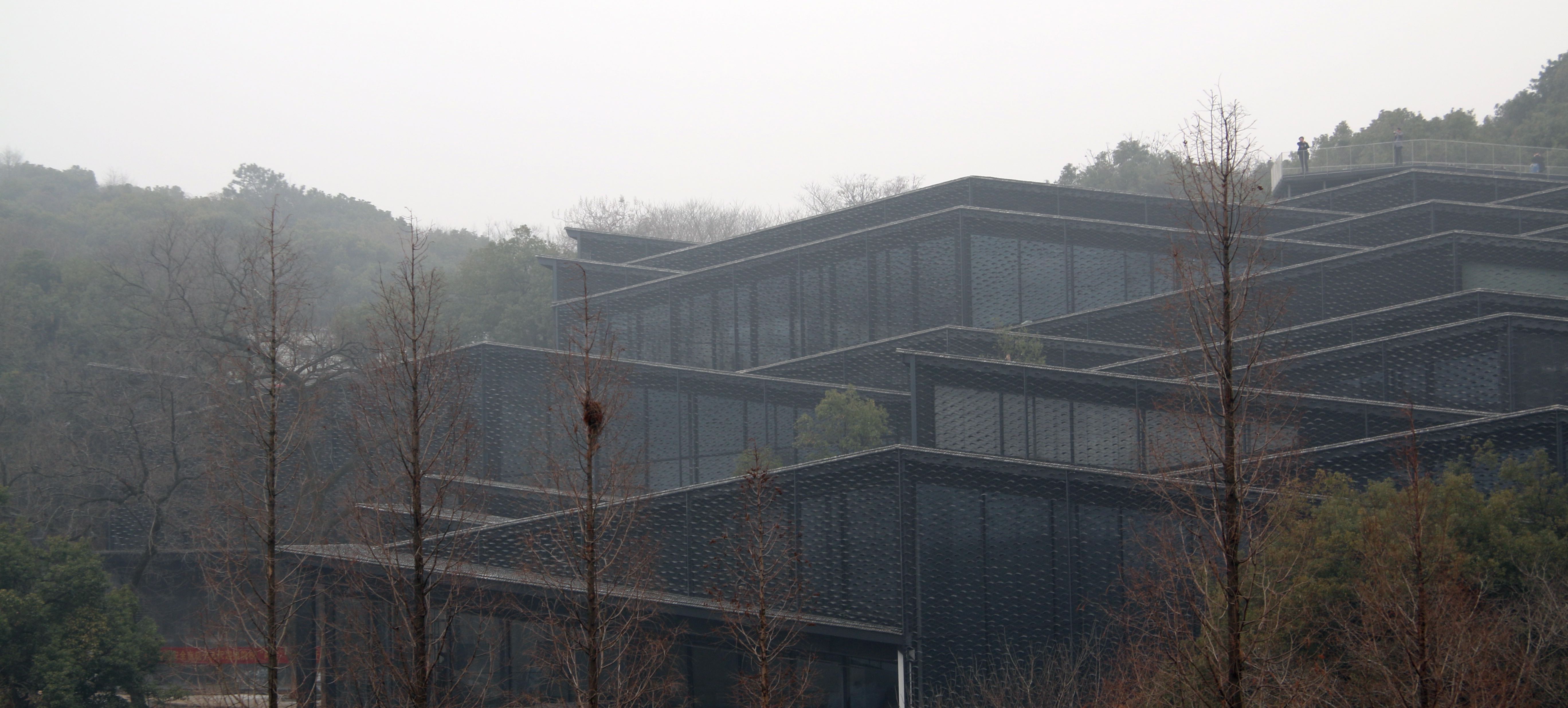
Architect: Kengo Kuma & Associates Photo: Eiichi Kano
The museum’s exterior walls and walkways are covered by screens of hand-made clay tiles, suspended by stainless steel wires. The result is an ultra-modern take on a Japanese screen, that is both beautiful and utilitarian. The screens regulate the volume of sunlight streaming into the building, boosting the structure’s energy efficiency, while creating an airy sense of movement.

Architect: Kengo Kuma & Associates Photo: Eiichi Kano
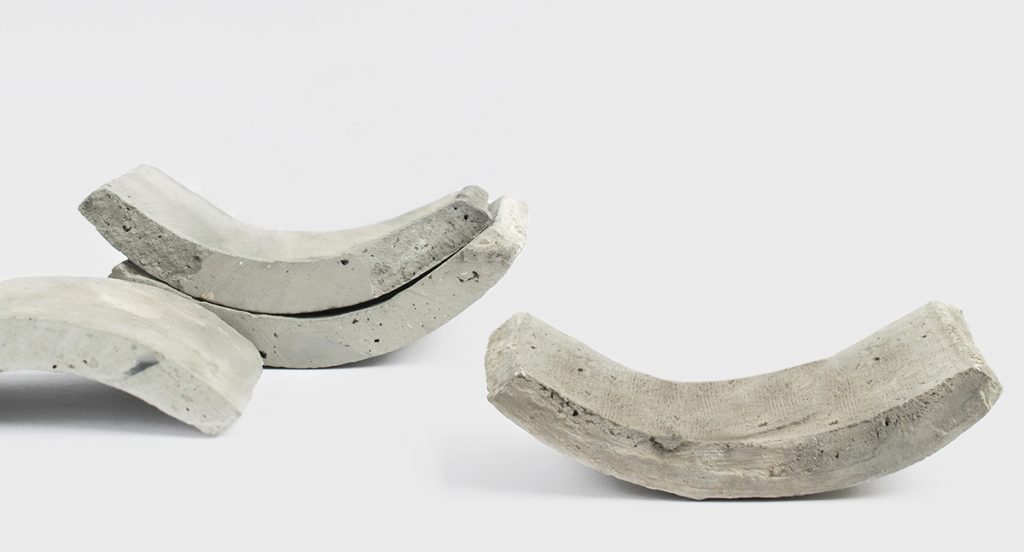 In the PAGODA RED gardens and galleries, we’ve used antique ceramic tiles to create screens, borders, walkways and walls. If you’re searching for more installation inspiration, read on to learn How to Renovate and Decorate with Antique Architectural Elements & Tilescapes: Designing With Roof Tiles.
In the PAGODA RED gardens and galleries, we’ve used antique ceramic tiles to create screens, borders, walkways and walls. If you’re searching for more installation inspiration, read on to learn How to Renovate and Decorate with Antique Architectural Elements & Tilescapes: Designing With Roof Tiles.
